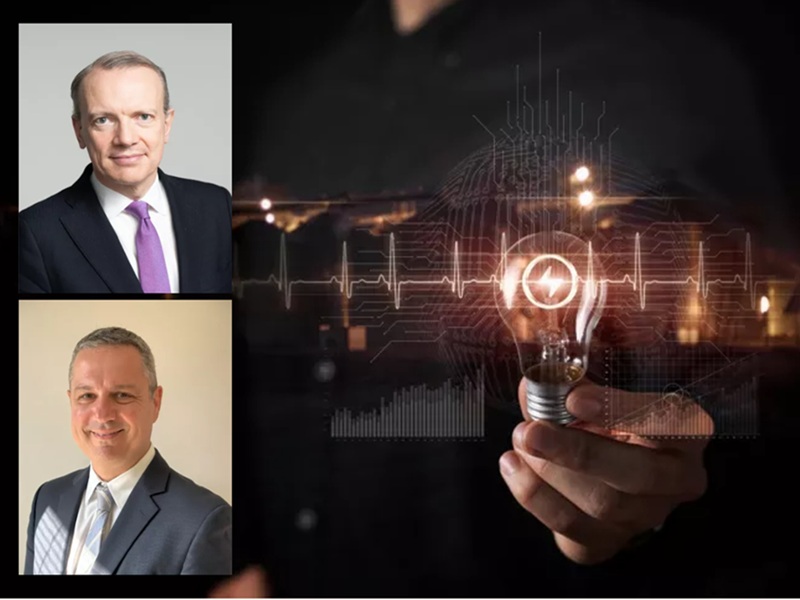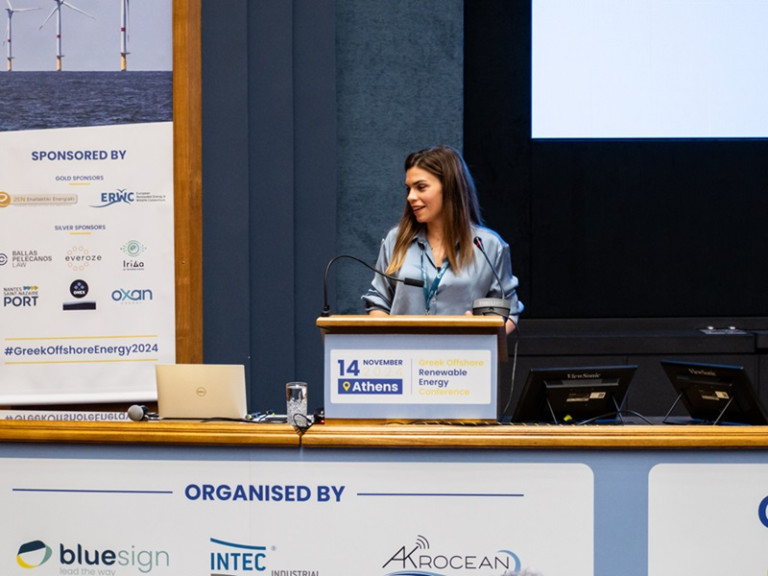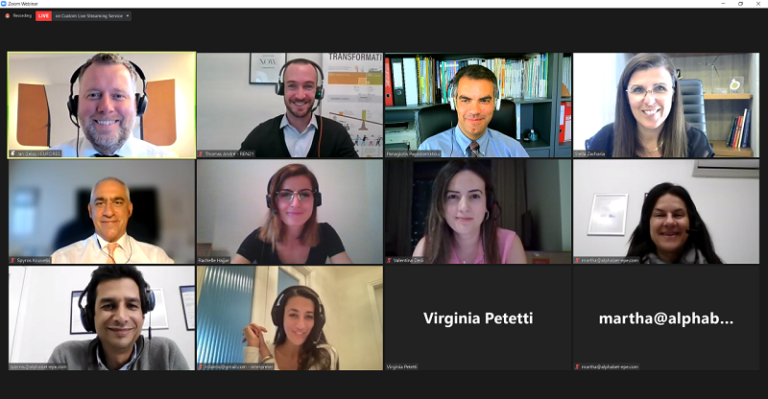Joint Article by Dickson and Ladakakos on Strengthening the Competitiveness of European Industry on Liberal.gr

Monday, 10 March 2025
In a joint article, the CEO of WindEurope, Giles Dickson, and the President of ELETAEN, Panagiotis Ladakakos, presented the electrification of European industry as a key pillar for strengthening the competitiveness of Europe’s economy.
The article was featured on the website of Liberal.gr and can be viewed here: https://www.liberal.gr/energeia/ape-pos-tha-enishythei-i-antagonistikotita-tis-eyropaikis-biomihanias
The article is the following:
On Wednesday, February 26, the European Commission presented the Net-Zero Industry Act, its new strategy to make Europe’s economy more competitive. The EU rightly places electrification as the cornerstone of this strategy. Electricity is Europe’s domestic wealth, as the continent lacks rich reserves of oil or natural gas and primarily imports the fossil fuels it uses.
This period marks three years since Russia’s invasion of Ukraine. Europe has yet to recover from the economic consequences of the war. It has acutely felt the effects of its overdependence on imported fossil fuels. The sharp increases in natural gas prices have significantly undermined the European economy. Europe now stands at a crossroads. Its businesses, especially heavy industry, are suffering due to high energy costs. Many sectors are on the edge. Companies are starting to lay off staff and move production outside of Europe.
Electrification with renewable energy sources can help restore Europe’s competitiveness. Beyond boosting energy independence and shielding the economy from globally imported crises, it is cheaper to operate on renewable electricity than on fossil fuels.
However, electricity still only accounts for 23% of total energy consumption in the European Union – a figure that has remained stagnant for 10 years. Meanwhile, China is steadily electrifying its economy, from 21% in 2015 to about 30% today. This allows China to benefit from access to cheaper electricity and to lead in battery technology and the electrification of other sectors.
The good news: According to a report by the Fraunhofer Institute (Direct electrification of industrial process heat. An assessment of technologies, potentials and future prospects for the EU. Study on behalf of Agora Industry), electrifying Europe’s industry is easier than it may seem. Currently, 31% of the energy consumed by industry in Europe is already electric. Another 43% can be electrified immediately with existing technologies, e.g., electric arc furnaces in the steel industry. There are also low-cost electrification options in industries that rely on low-temperature thermal processes under 500°C, such as the paper, food and beverage, and parts of the chemical industries. These only require industrial heat pumps and large electric boilers. Alone, these steps could raise the electrification rate of European industry to 74%.
Of the remainder, 14% of industrial energy can be electrified by 2030 using technologies expected to be ready by then, and an additional 5% by 2035. That leaves a small 7% for which we don’t yet have direct electrification solutions. In those cases, indirect electrification may be possible using green hydrogen or renewable synthetic fuels.
Wind energy can support this strategy and meet the growing electricity demand in an affordable way. In 2024, wind energy accounted for 19% of electricity consumption in Europe. Denmark led the way with 56%. Greece ranked among the top ten EU countries. According to national transmission operators’ published data, wind farms in Greece produced 24.4% of the country’s domestic electricity.
Annual wind energy installations are expected to increase rapidly through 2030. During the 2030s, wind energy is projected to grow continuously at a rate of 30 GW annually in the EU, with 20 GW onshore and 10 GW offshore. This will allow Europe to nearly quadruple its wind power generation compared to today, reaching 1,830 TWh by 2040.
The European wind sector supply chain is ready to support this trajectory. Currently, the European wind industry is investing over €10 billion in building or expanding factories that produce blades, towers, cables, and offshore substations. Greece is already part of this supply chain: it has tower and floater metalworks, cable and electrical equipment industries, specialized transport and installation companies, and of course a strong maritime tradition with shipyards, ports, and shipping companies that can be involved in the offshore wind supply chain. Greece has the potential to strengthen its position here.
In conclusion, the strategy of electrification through renewables is key to restoring the competitiveness of European (and naturally, Greek) industry. It also presents a development opportunity that can boost employment and income.


